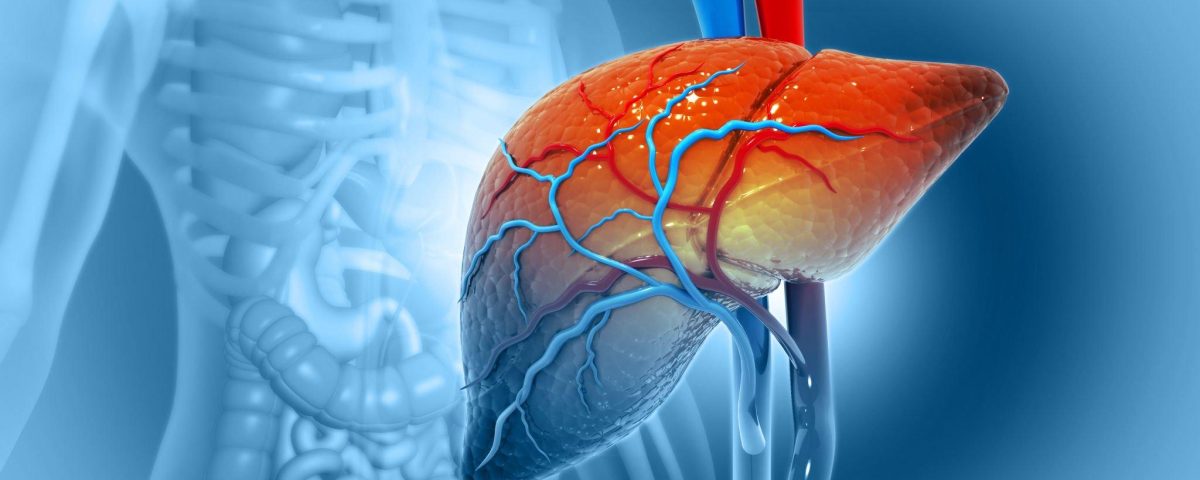
Robotic Surgery for Liver Transplantation
July 4, 2023
Cutting-Edge Technology: Robotic Liver Cancer Surgery
July 4, 2023Liver transplants have long been recognized as a complex surgical procedure with a significant impact on patient outcomes and quality of life. Recently, the integration of robotics in medical practices has brought about a paradigm shift in the field of transplantation.
GBL Hospital, a renowned multispeciality hospital, has embraced this technological marvel to enhance precision, improve patient safety, and optimize surgical outcomes. This blog explores the role of robotics in liver transplants and GBL Hospital’s pioneering approach.
Enhancing Precision with Robotics:
Robotic-assisted liver transplants offer surgeons a level of precision that was once unimaginable. The robotic system used at GBL Hospital allows surgeons to perform intricate surgical maneuvers with unmatched accuracy. With high-definition 3D imaging and magnification capabilities, surgeons can visualize the liver in exceptional detail, enabling them to navigate through complex anatomy and ensure precise graft placement.
Minimally Invasive Surgery:
Traditional open liver transplants involve large incisions, leading to longer recovery times, increased pain, and higher risks of infection. GBL Hospital’s robotic approach utilizes minimally invasive techniques, significantly reducing the size of incisions. The robotic arms, operated by skilled surgeons, make tiny incisions and perform surgery with enhanced dexterity. This approach leads to reduced blood loss, faster recovery, and shorter hospital stays for patients.
Improved Patient Safety:
Robotic technology empowers surgeons at GBL Hospital to conduct liver transplants with an added layer of safety. The robotic system eliminates hand tremors and provides unparalleled stability, ensuring precise movements during surgery. Moreover, the robotic arms can access tight spaces with ease, reducing the risk of inadvertent damage to surrounding structures. These advancements enhance patient safety, minimize complications, and improve overall surgical outcomes.
Optimized Surgical Outcomes:
By incorporating robotics into liver transplants, GBL Hospital has witnessed remarkable improvements in surgical outcomes. The enhanced precision and visualization offered by robotic systems enable surgeons to perform complex procedures more efficiently. This translates into reduced surgical time, improved graft survival rates, and better post-operative recovery for patients. The integration of robotics also allows for better control over bleeding and improved graft function, resulting in higher success rates for liver transplants.
GBL Hospital’s adoption of robotic technology in liver transplants represents a significant leap forward in surgical innovation. By harnessing the power of robotics, the hospital has revolutionized liver transplant procedures, enhancing precision, patient safety, and surgical outcomes. As robotics continues to evolve, GBL Hospital remains at the forefront of this transformative technology, ensuring that patients receive the best possible care and paving the way for a brighter future in liver transplantation.
If you or a loved one is facing the daunting diagnosis of liver cancer, we encourage you to consult Dr. Vineet Gautam at GBL Hospital. Robotic surgery for liver cancer at GBL Hospital is transforming the way we approach surgical interventions. With its numerous advantages, this cutting-edge technology is paving the way for enhanced patient outcomes. Trust in our expert surgeon, Dr. Vineet Gautam, and the expertise available at GBL Hospital to provide you with the best possible care. Book your consultation today and take a step towards a brighter, cancer-free future.
Disclaimer:
The information provided in this blog post is based on various sources and general knowledge about robotic surgery. However, it is essential to consult your doctor before making any healthcare decisions or taking any actions. Each patient’s condition is unique, and only a qualified healthcare professional can provide personalized advice and treatment plans.

